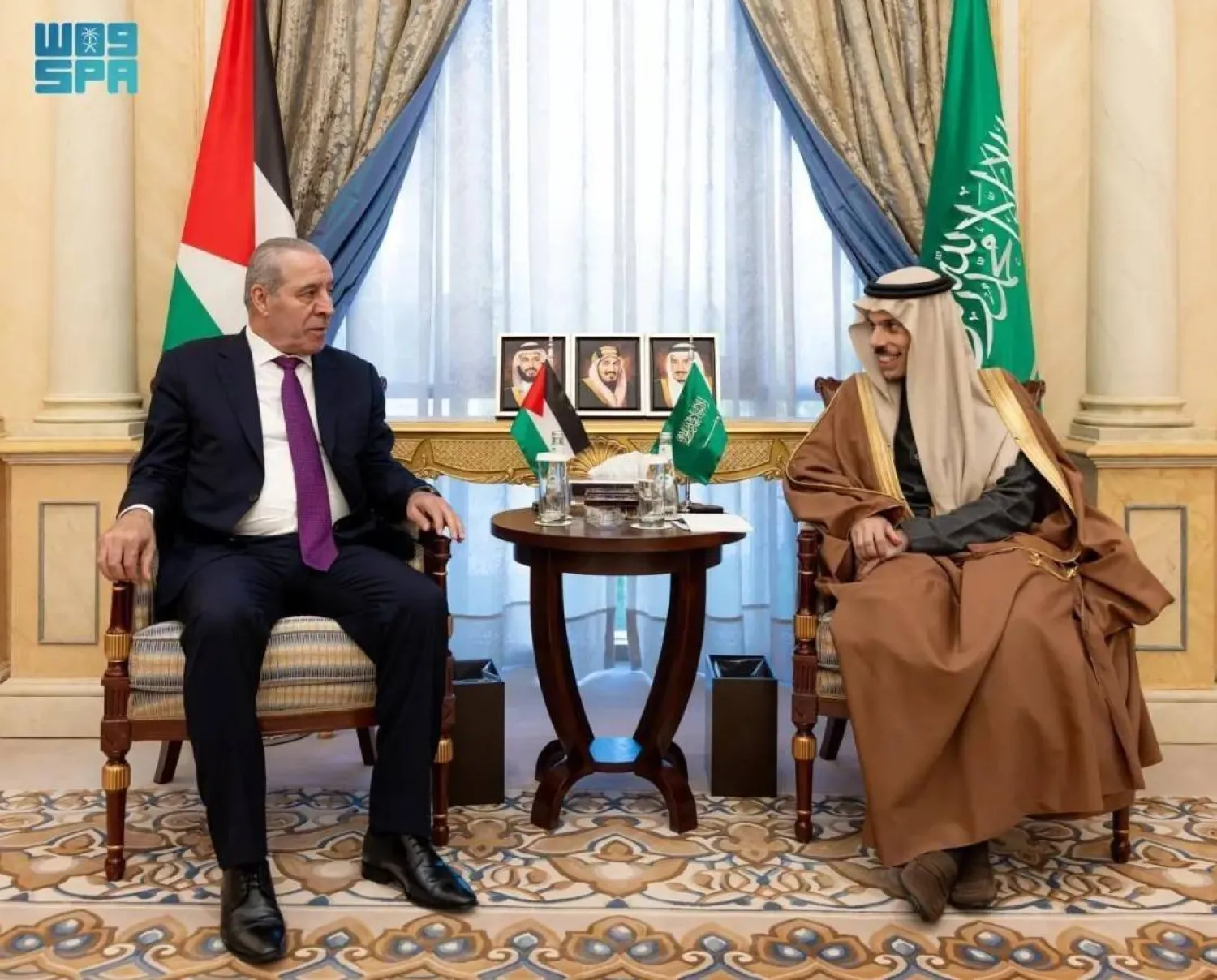Fifty-four Saudi relief trucks crossed the Nasib Border Crossing into Syria on Saturday as part of the Saudi humanitarian land bridge operated by the King Salman Humanitarian Aid and Relief Center (KSrelief).
The trucks carried essential supplies, including food, shelter, and medical aid, to assist the Syrian people in their time of need.
Sixty trucks have already reached Syria as part of the Saudi relief land bridge, while 13 relief planes have landed at Damascus International Airport as part of the Saudi relief air bridge.
The aid reflects Saudi Arabia's ongoing humanitarian and relief efforts through its humanitarian arm, KSrelief, to support those in need during crises around the world.









